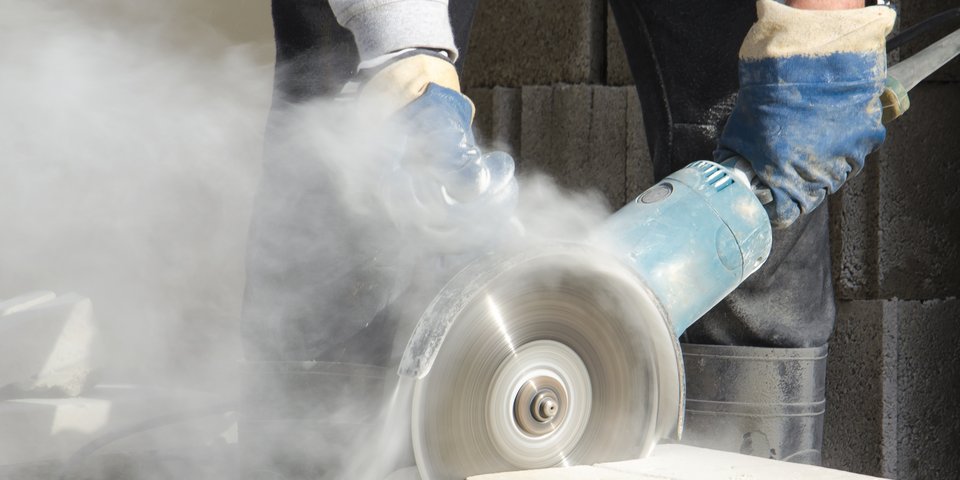 iStockphoto/Mogala
iStockphoto/MogalaImplementation of the Asbestos at Work Directive
European Commission prepares guidelines.
SK – 12/2024
Despite various measures being taken by the
European Union (EU), 78 per cent of occupational cancer cases are still
attributable to asbestos exposure. Although asbestos is no longer used in the construction
of buildings, many renovation and demolition projects in the Member States will
continue to expose workers to this substance in the coming years. Comprehensive
protection for employees is therefore indispensable. The European Commission
has also recognised this and adjusted the exposure limits for asbestos last
year. The Member States shall implement the Amendment
to the Asbestos at Work Directive (Directive (EU) 2023/2668) by 21 December
2025.
New guideline to facilitate practical application
The European Commission is working on a
guideline for the implementation of the Asbestos at Work Directive to
specifically support Member States as well as small and medium-sized
enterprises with the practical application of the Directive. Its aim is to
advise employees, employers, occupational health and safety services and other
groups of people, who come into contact with asbestos in the workplace, on
avoiding and reducing occupational exposure to asbestos. The guideline is to be
finalised by the end of 2025.
The highest level of protection throughout the EU
EU guidelines from 2012, which are to be
updated to include new scientific, technical and legal findings, serve as the
basis. Orientation guides that will help to improve compliance with existing
legislation and the dissemination of evaluated procedures in the EU are also
being developed. They are primarily intended to help employers and Member
States to inform employees about the necessary precautionary measures, thus
achieving the highest level of protection.
Although the use and placing on the market
of products containing asbestos has been banned since 2005, employees still
come into contact with these substances. Therefore, appropriate training prior
to construction, renovation and demolition work is essential. Questions
concerning the applicable regulations, for instance, the instruction and use of
personal protective equipment should therefore also be covered by the
guidelines.
Exchange with experts
To support the external service provider
(RPA Europe Prague s.r.o. (RPA Prague) and Risk & Policy Analysts Ltd (RPA
Ltd)), which is responsible for drawing up the guideline, the European
Commission sought experts from various fields in the autumn. In online
workshops, they dealt with various issues. This is because asbestos is not only
found in the construction industry, but also in waste disposal, fire-fighting
or as building materials of ships and trains. Employees can therefore come into
contact with asbestos in all areas in which materials containing asbestos are
used.
An International
online conference at the end of November also contributed to the exchange
of experiences in the field of asbestos exposure in the workplace. In addition
to legal and enforcement aspects, the most important challenges and possible
solutions were discussed. The event was rounded off by a lively exchange with
representatives of the Member States, employers and employees, as well as
international guests. The latter presented solutions from the International
Labour Organisation, for example from Australia or Canada.
Steps to completion
The service provider plans to
prepare a first draft of the guidelines in the coming months. Future users and
interested parties can share their feedback during a public consultation. The
European Commission is also looking for participants for pilot projects. They
are intended to test the practical application of the guideline prior to its
publication.
